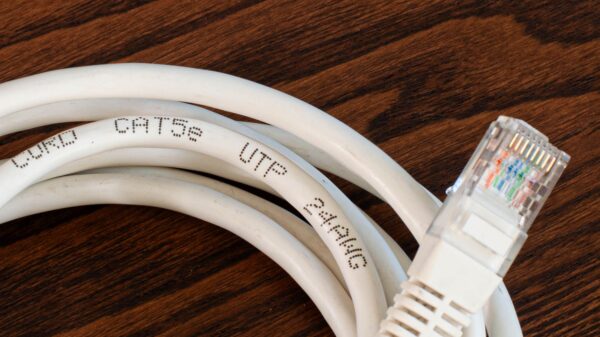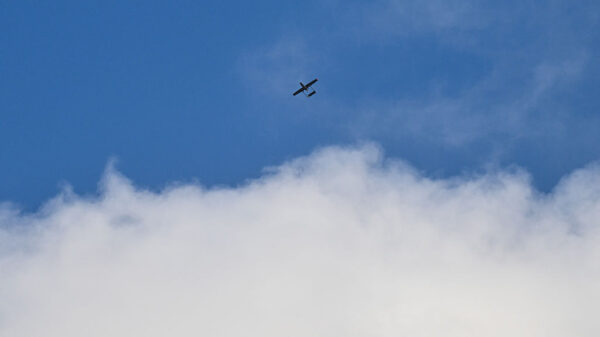European nations are working to establish an initial framework for a “drone wall” designed to enhance defense capabilities against aerial threats. Senior defense officials, including Estonian Minister of Defence Hanno Pevkur, emphasize that the primary challenge lies in the detection of low-flying drones and cruise missiles, a task complicated by recent incidents involving Russian drones across Europe.
During discussions at the Halifax International Security Forum, Pevkur highlighted that Ukrainian forces currently struggle to intercept between 20 percent and 30 percent of incoming Russian drone attacks. He stated that accurately detecting swarms of drones remains a significant hurdle for military operations.
The need for improved detection systems was echoed by Gen. Onno Eichelsheim, the top general for the Netherlands, who noted that a combination of acoustic, passive systems, and advanced radar technologies is essential for effective surveillance. Eichelsheim pointed out that low-altitude drones are particularly challenging to detect, complicating the defense of extensive airspace.
Pevkur called on the defense industry to develop better detection solutions to identify threats traveling at speeds exceeding 500 kilometers per hour (approximately 310 mph) at altitudes of 100 to 200 meters (330 to 660 feet). He acknowledged that the cost of these solutions poses a challenge, especially during peacetime when military readiness is not as high.
“Many challenges lie ahead of us,” Pevkur stated, emphasizing the importance of detection as a priority before considering automated interceptors. He also noted the necessity for visual confirmation of threats, adding that governments are not constructing the needed equipment to address these challenges.
Heightened Threats and NATO’s Response
The surge in suspected Russian drone incursions has prompted NATO countries to enhance their air defense measures, particularly along the Eastern Flank. Just last weekend, drones were reported over the Netherlands’ Volkel air force base, resulting in temporary air traffic suspensions in the nearby city of Eindhoven. In October, Dutch F-35 fighters were deployed to engage purported Russian drones in Polish airspace, illustrating the costly nature of responding to relatively inexpensive aerial threats.
This context has accelerated calls from the European Union for a comprehensive “drone wall.” The initiative aims for full operational capability by the end of 2027 and is part of a broader Defense Readiness Roadmap. The proposed drone defense system seeks a “360-degree approach”, integrating multilayered technologies for detection, tracking, and neutralization of drone threats, as well as capabilities for precision strikes using drone technology.
Eichelsheim indicated that the initial architecture for the drone wall should be ready within a couple of months. He cautioned that while the capabilities are already available, 100 percent protection is unrealistic, and there will always be inherent flaws within any system.
Commercial Solutions and Future Challenges
As the European defense landscape evolves, Adm. Giuseppe Cavo Dragone, Chair of the NATO Military Committee, suggested that off-the-shelf military solutions could help address the broader drone issue and reduce operational costs. He remarked that advancements in low-flying missile capabilities are underway, but acknowledged that hypersonic missile defense remains a critical area requiring further development.
Both Pevkur and Eichelsheim raised concerns regarding airspace management, stressing the importance of distinguishing between peacetime and wartime protocols. Pevkur elaborated that military forces cannot indiscriminately close airspace or engage all aerial targets, as this could lead to dangerous incidents, such as shooting down civilian aircraft.
Eichelsheim highlighted the need to connect military, police, and civilian authorities to ensure appropriate rules of engagement are established. This integration is crucial to enabling effective responses to aerial threats while maintaining safety for all airspace users.
In summary, as Europe confronts evolving aerial threats, the establishment of a robust drone defense architecture is paramount. The focus on detection capabilities is critical for safeguarding airspace while balancing the complexities of military engagement protocols.








































































